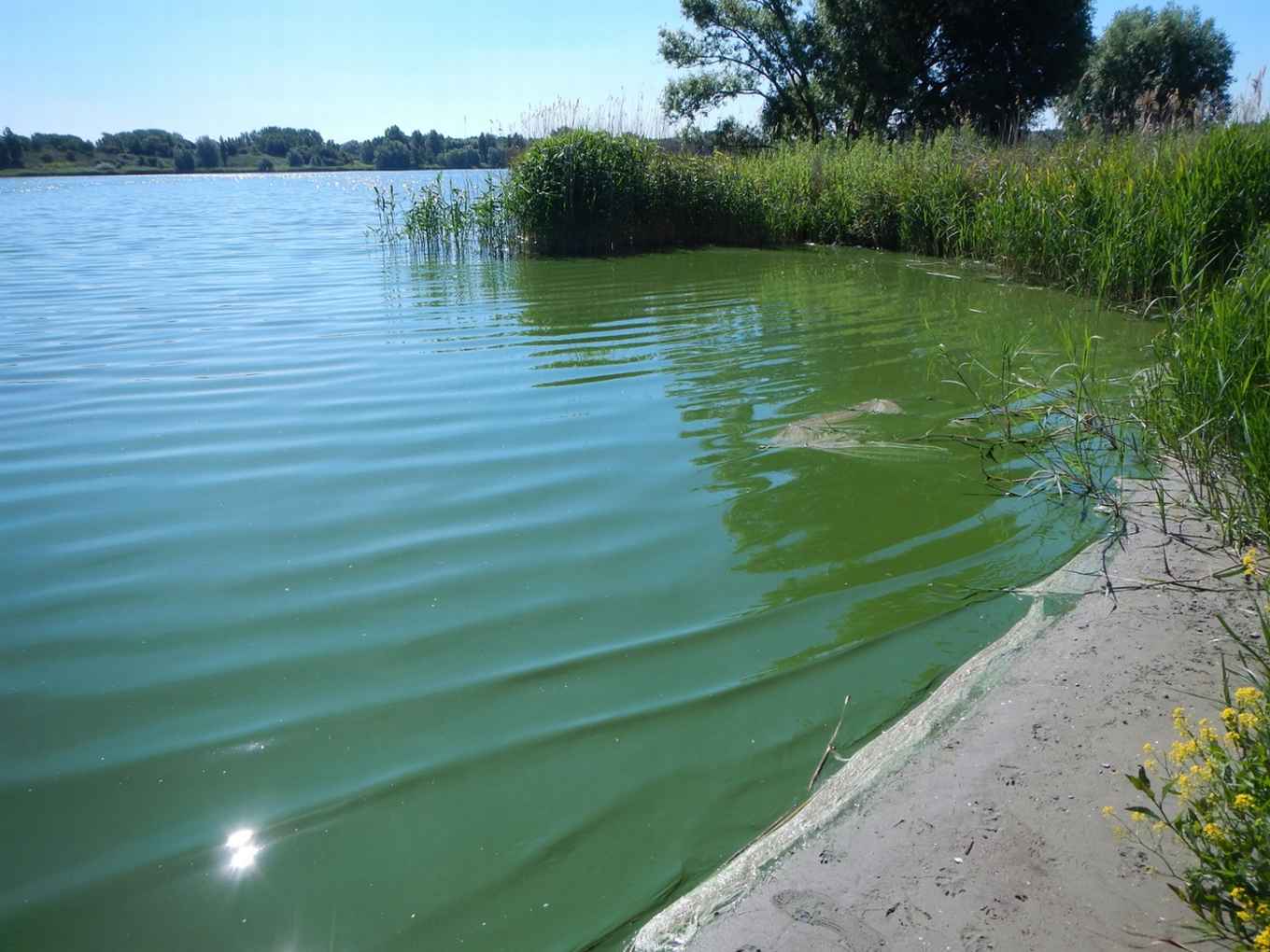Global expansion of cyanobacterial blooms
9 July 2018

Cyanobacterial blooms
Cyanobacteria can form dense blooms in freshwater and marine environments. These blooms are sometimes toxic, threatening recreation, drinking water, fisheries and human health. The article reviews evidence indicating that cyanobacterial blooms are increasing in frequency, magnitude and duration globally. It discusses the traits involved in cyanobacterial dominance and bloom development, environmental drivers, production and modes of action of cyanotoxins and strategies for bloom prevention and control.
Professor Aquatic Microbial Ecology Jef Huisman, lead author of the review article, explains: ‘Toxic cyanobacteria have become a growing concern in the water-quality management of lakes and brackish waters across the globe. Basically, we are feeding them with nutrients from agricultural, urban and industrial sources and with increasing CO2 in the atmosphere, and we further facilitate their growth by global warming. In recent years the scientific knowledge of cyanobacteria has expanded tremendously. In this review we give an overview accessible for a broad readership, with everything you wanted to know about cyanobacterial blooms but were always afraid to ask.
Historical observations
There is also a special section about historical observations of cyanobacterial blooms, with stories about dodo’s on the island of Mauritius, quotes from Antonie van Leeuwenhoek, and references to the voyages of Charles Darwin and James Cook. Toxic algal blooms were even mentioned in the Merchant of Venice by William Shakespeare.
Suppressing cyanobacteria with hydrogen peroxide
The best long-term solution to suppress cyanobacterial blooms is by reduction of excessive nutrient loads. In emergency cases, toxic cyanobacterial blooms can be suppressed by hydrogen peroxide. This recent technique has been developed at the University of Amsterdam and is currently investigated in several lakes by co-author Petra Visser and her team.
Read more about cyanobacterial blooms:
Jef Huisman, Geoffrey A. Codd, Hans W. Paerl, Bas W. Ibelings, Jolanda M.H. Verspagen, Petra M. Visser. ‘Cyanobacterial blooms’, in: Nature Reviews Microbiology 26 June 2018. DOI: https://doi.org/10.1038/s41579-018-0040-1